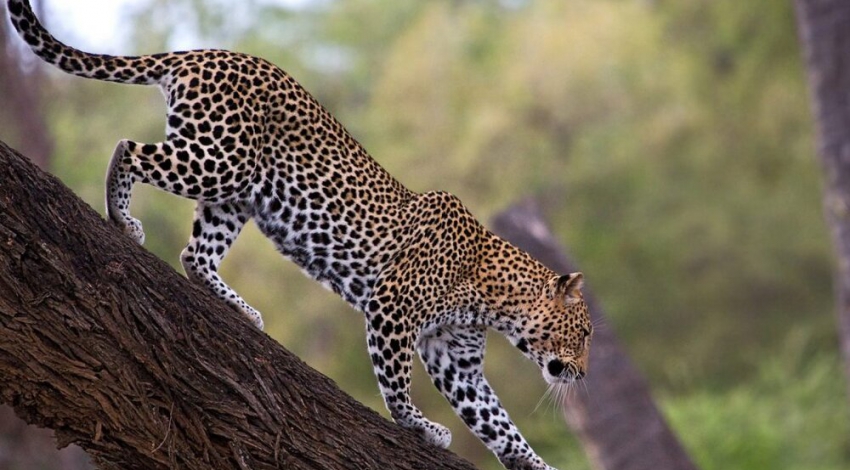First, we are finalizing the last stages of insuring wildlife damage so that if a leopard damages people�s livestock somewhere, we can pay for the damage. By taking this decision, people and local communities will not harm the leopards, he explained, ISNA reported on Saturday.
In areas like Zagros forests, there are leopards, but not enough prey. The prey has been lost due to overhunting. Our effort is to return the prey to the areas and protect them so that the leopard does not suffer from lack of food, he further said, referring to the second plan on the preservation of the natural habitats of the Persian leopard.
A week earlier, eight Persian leopards were observed in Tandooreh National Park, a protected area located in the northeast of Iran, Mehr reported.
Spotting eight leopards in a one-day observation is the biggest record of observing this unique species, which is proof of the survival and dynamics of wildlife populations in this national park.
Persian leopards: threats and challenges
The Persian leopard is listed as Endangered on the International Union for Conservation of Nature (IUCN) Red List; the population is estimated at fewer than 871�1,290 mature individuals and is considered declining.
Persian leopard range spans 11 countries of Iran, Iraq, Turkey, Azerbaijan, Armenia, Georgia, Russia, Turkmenistan, Kazakhstan, Afghanistan, and Pakistan. Tajikistan and Uzbekistan were part of the range but they are now considered extinct there.
Almost 80 percent of these leopards are found in Iran, followed by Turkmenistan. In the Caucasus, long-term conservation efforts have led to the unique recovery of a small population in the Zangezur region, including the south of Armenia and southeast of Azerbaijan�s Nakhchivan Autonomous Republic (Persian Leopard Working Group (2022) Range-Wide Strategy for the Conservation of the Persian Leopard Panthera pardus tulliana, draft).
The Persian leopard is listed as Endangered on the International Union for Conservation of Nature (IUCN) Red List.Jane Goodall, the United Nations Messenger of Peace has urged lifting sanctions on protection for big cats, including the Persian leopard.
The Convention on Migratory Species (CMS) and the German Federal Agency for Nature Conservation (BfN) plan to organize a Range States Meeting to adopt a Regional Strategy for the Conservation of the Persian Leopard, in the framework of the Central Asian Mammals Initiative Program of Work.
Over the past year, a group of experts from across the leopard�s range led by the IUCN Special Survival Commission Cat Specialist Group co-chairs worked to develop the foundations for it.
According to the Department of Environment, 156 leopards have been killed in Iran from 2005 to 2014, nearly 20 leopards a year. Studies indicate that currently there are less than 500 leopards nationwide.
Persian leopards are mainly threatened by poaching, depletion of their prey base due to poaching, human disturbances, habitat loss due to deforestation, fire, agricultural expansion, overgrazing, and infrastructure development.
In Iran, primary threats are habitat disturbances followed by illegal hunting and excess livestock in the leopard habitats. The leopards� chances for survival outside protected areas appear very slim.
By TEHRAN TIMES�
# Tags











